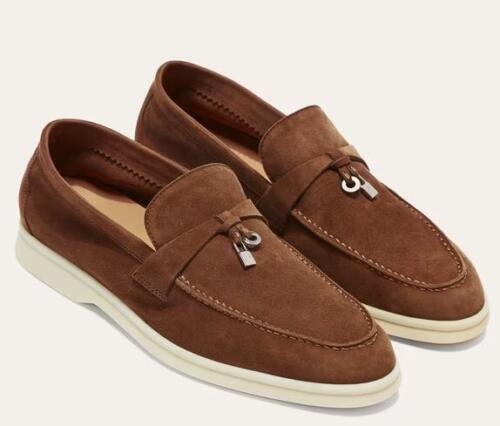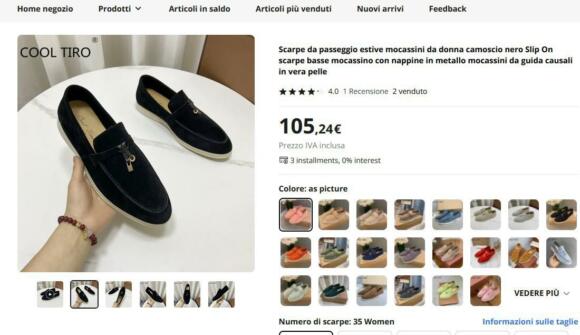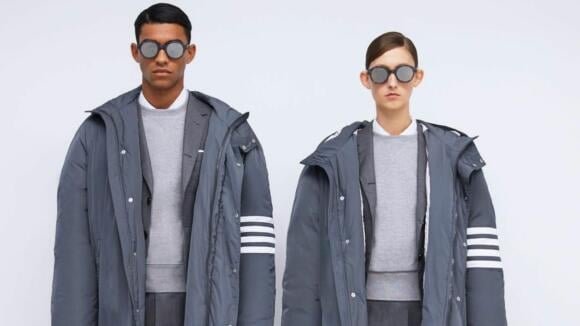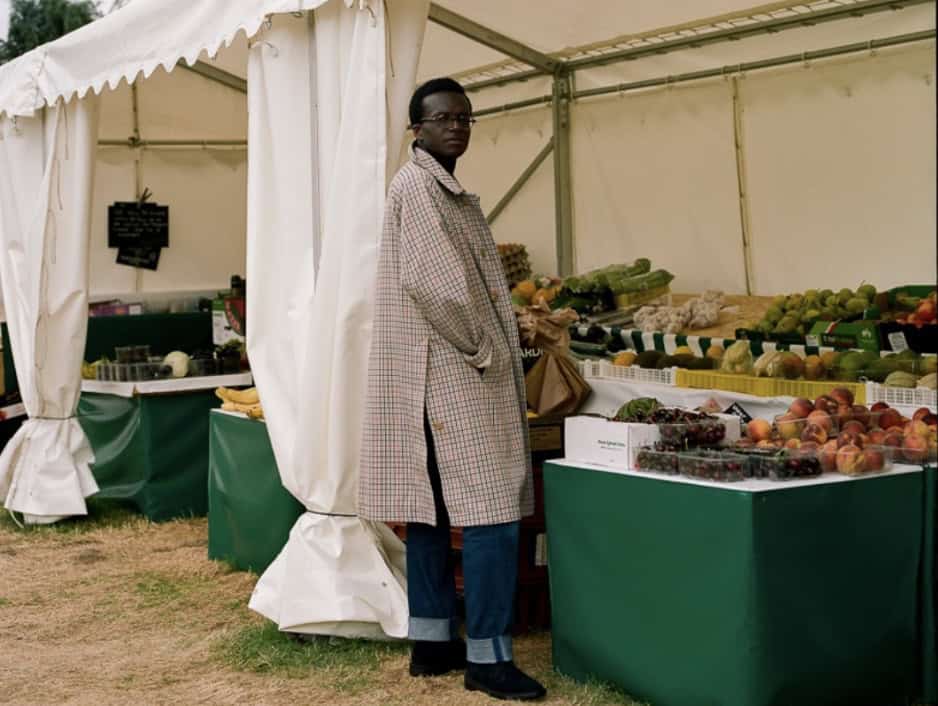17 Best Black Dress Shoes For Men in 2025
Dec 26, 2025How is menswear protected by intellectual property? – Permanent Style
- Jun 17, 2024
- 0 Comments
254

When we talked about copying in menswear recently, there was some discussion about intellectual property (IP) protection. The main question was why there are so many copies around – do brands not want to sue each other? Or does the law not protect them sufficiently?
Given I was the editor of an IP magazine for several years, this is a topic close to my heart, and one I thought it would be interesting to explore. There is little public understanding of IP (people often use patents, trademarks and copyright interchangeably) and some odd myths (like the one about making seven changes to something).
As with the majority of PS articles, today’s was based on several interviews, most notably with the IP writer James Nurton and the lawyer Rosie Burbidge, who specialises in fashion and IP.
So, why do we see so many copycat products around? Is it the law that’s lacking, or is it enforcement?
“We have quite good protection for fashion in the UK – you have an unregistered design right for three years without having to do anything, and you can protect shapes as well as just decoration,” says Rosie.
“The issue is a commercial one. Taking fast-fashion retailers as an example, by the time a brand has worked out there’s a copy on the market, the fast-fashion retailer might have sold all of the infringing product and removed it from the site. Things can move too fast to allow the brand sufficient time to react.
“And the volumes are quite small – a fast-fashion retailer like Shein works by having huge variety and producing very quickly, almost on demand,” she adds.
So there isn’t a lot of copied product, and the margin on that product is small – there isn’t much money to go after. You can sue the company as a whole, but it would always be on the basis of the sales of these copies.
How about more expensive products sold at a higher volume? Like all the copies of the Loro Piana shoes we talked about.
Well, the first issue is that getting protection on these designs is not straightforward, as it’s hard to argue they’re sufficiently distinctive. Only a couple of months ago, Loro Piana had a trade mark registration for a tassel loafer (below) rejected by the EU IP Office, on the basis that it was just one more variation on an existing type of shoe.
It’s important to remember than IP rights have very different purposes. The point of a patent is to reward scientific research with a monopoly; the point of a trademark is to help consumers know which product is which. So the test for a trademark is generally whether the ‘average’ consumer in that market would be confused.

Reading about that case reveals some interesting points, such as the fact that Loro Piana has registered trademarks for its padlock and pendants, and that the loafer is already the subject of several infringement cases.
“This is one thing the public often doesn’t realise,” says Rosie. “Most infringement disputes settle pretty quickly, even before proceedings are issued, so you never see them.”
In this scenario, one company’s legal department sends a letter to the other, there are meetings and discussions and there’s a settlement, not necessarily involving outside lawyers. That settlement can include monetary compensation, a promise not to sell the product again, and a letter admitting the copying.
Although, interestingly, environmental concerns today over destroying products mean there is often an agreement that the product can continue to be sold until it’s gone, just in a less prominent way (eg only in stores rather than online).

But sometimes, legal cases are deliberately public. Adidas recently lost a trademark case over its three-stripes logo to Thom Browne in a New York court, but Rosie says winning wasn’t necessarily the objective.
“Adidas has been very effective at protecting its three stripes branding by going after everyone that uses similar stripes – three certainly, and often two or four. They have a big budget and can be seen as quite aggressive. However, strategically it is a very effective deterrent.” Documents in that case revealed that Adidas had signed more than 200 settlements over its trademark since 2008, and been involved in 90 court cases.
Getting attention is important, because often the reason there are so many similar products is plain ignorance. “At the one end of the spectrum there are people on Etsy who don’t know that copying is not allowed, and at some point some of them get an expensive education,” says Rosie.
“But at the other end there are design teams who are just under a lot of pressure to create at short notice. Also no matter how many times this is debunked, there’s always someone who refers to the idea of changing seven things in a product. It makes no sense but the rumour persists.”

As readers commented in the original PS article, it’s important to differentiate between similar products and counterfeits, the latter being a deliberate attempt to be as similar as possible.
The biggest issue with counterfeits is enforcement. Most are sold in very small volumes by private sellers, so they’re difficult to go after and there’s not much to gain if you do. It’s also hard to go after the producers of them, usually in China.
As to the websites that facilitate the sales, such as Amazon, it’s the same story as the regulating them in other ways. They claim to take down accounts actively and have a complaints service for customers, but otherwise take no responsibility.
In fact, there was a little controversy recently when the industry association for trademarks, INTA, elected Amazon’s head of IP as its president. I have fond memories of INTA’s Annual Meeting, which was always in a different US city and where we published a daily newsletter. I would have liked to discuss that around the conference hall and at the firm parties in the evening.

One thing I find interesting about menswear and IP is that copying of some sort is always involved. It may be a copy of an M-41 US military chino or a 1970s raincoat silhouette, but ‘inspiration’ happens everywhere – it’s a spectrum, not a clear dividing line.
So given that, how does Rosie think people should feel about copying in general? “I think a good rule of thumb is whether you would feel uncomfortable about doing it. In other words, would you feel annoyed if someone was copying your design?”
This could seem vague, but for most people most of the time, it feels like a good guide. And often if you’re asking yourself the question in the first place, it’s because you already feel uncomfortable. Given the number of small menswear brands starting up at the moment, it’s something they should probably keep in mind.

Thank you to Rosie, James and everyone else who helped with this article. Rosie is a lawyer at Gunner Cooke in the UK. www.rosieburbidge.com
We’ve deliberately not included an explanation of the types of IP protection – patents, trademarks, copyright, designs – because that could quite dry. But if readers are interested I can do one in the future, with fashion-specific commentary.
The comments in the piece refer to UK law, but the UK is still substantially similar to the EU, having carried across laws post-Brexit. The principles are also similar in many countries, although the rights may vary, eg design patents rather than designs in the US.
Publisher: Source link







